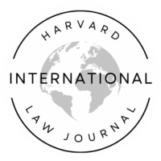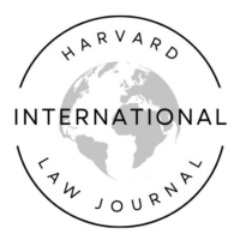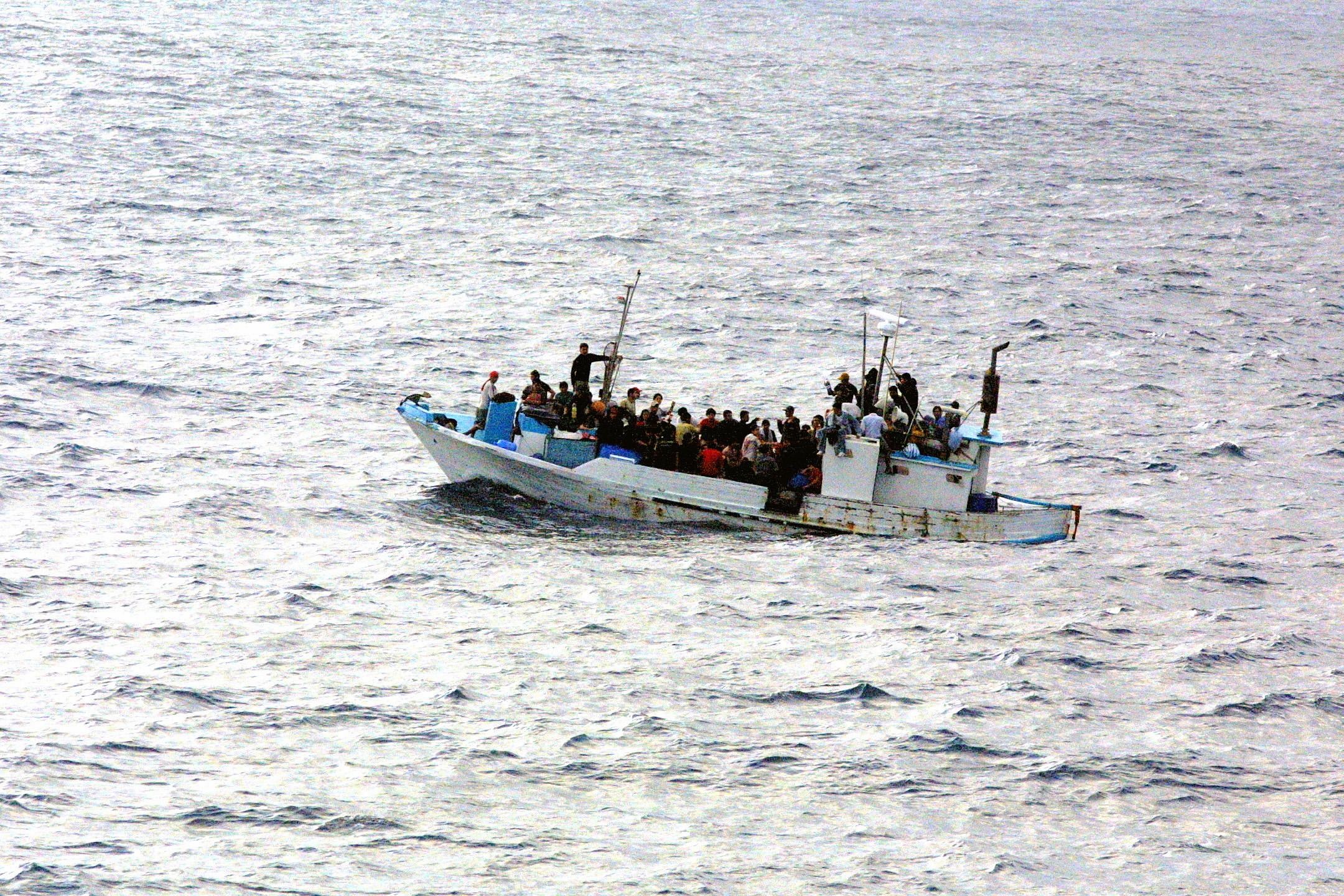How Africa Shapes International Law: ECOWAS’s Use of Force and Jus ad Bellum
Shayla Birath
Abstract
The Economic Community of West African States (“ECOWAS”) has used force within West Africa for decades. ECOWAS began its practice of using force to resolve the regional crisis in Liberia in 1990 and has continued through 2024 in addressing the coup d’état in Niger. This Note will use three case studies of ECOWAS’s use of force—Liberia (1990), Sierra Leone (1997), and The Gambia (2016)—to evaluate the legal basis for ECOWAS’s interventions and the international response. This Note argues that ECOWAS has shaped international law in jus ad bellum by establishing a legal practice of intervention by prior consent or democratic legitimacy. This Note further postulates that ECOWAS’s treaties and protocols can be interpreted under the Vienna Convention on the Law of Treaties not to conflict with the United Nations (“U.N.”) Charter, that state silence in response to ECOWAS practices constitutes acquiescence in the formation of customary international law, that consistent U.N. Security Council statements commending and supporting ECOWAS practices could estop the U.N. Security Council from denouncing similar operations in the future, and that the principle of sovereign equality requires that African regional organizations such as ECOWAS are given equal weight and power to influence international law as Western counterparts, such as the North Atlantic Treaty Organization. This Note concludes that ECOWAS has changed the understanding of jus ad bellum in international law through its use of force within the region, and that the international community should pay attention to, and discuss, African legal practices to promote a homogenous body of international law.







